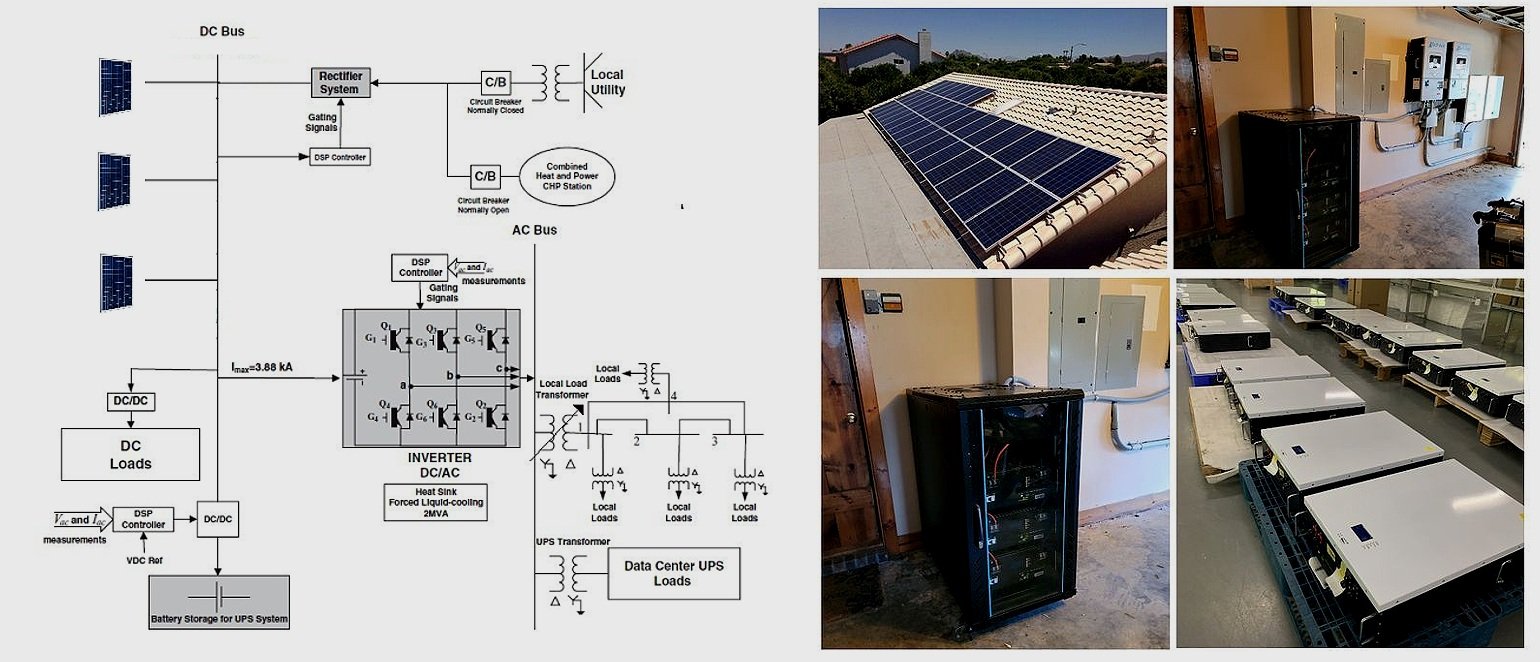
Solar Power
Solar Power
The use of renewable energy sources has become a must in today's modern energy industry. Integrated systems on-grid and off-grid systems can be used in the utilization of renewable energy sources.
Solar Panel
Solar panels are a renewable energy technology that is widely known in the community where the use of this technology is getting easier and more practical even for household applications. There are 2 types of solar panels that exist today. Polycrystalline and monocrystalline.
A monocrystalline solar panel is a solar panel comprising monocrystalline solar cells.
It has better performance and usually have the highest efficiency and power capacity out of all types of solar panels.
An off-grid solar system is a solar power setup that operates independently of the electrical grid. It uses solar panels to capture sunlight and convert it into electricity, which is then stored in batteries for later use. This kind of system is ideal for locations where access to the grid is unavailable or unreliable, or for individuals who prefer energy independence.
An on-grid solar system (also known as a grid-tied solar system) is a solar power setup that is connected to the public electricity grid. Unlike off-grid systems, on-grid systems do not require battery storage, as excess energy produced during the day can be fed back into the grid, and electricity can be drawn from the grid when solar production is insufficient (e.g., during the night or on cloudy days)
The system is connected to the electrical grid through a grid-tie inverter, which synchronizes the power output from the solar system with the grid voltage. When the solar system produces more electricity than you use, the excess power is sent to the grid.





